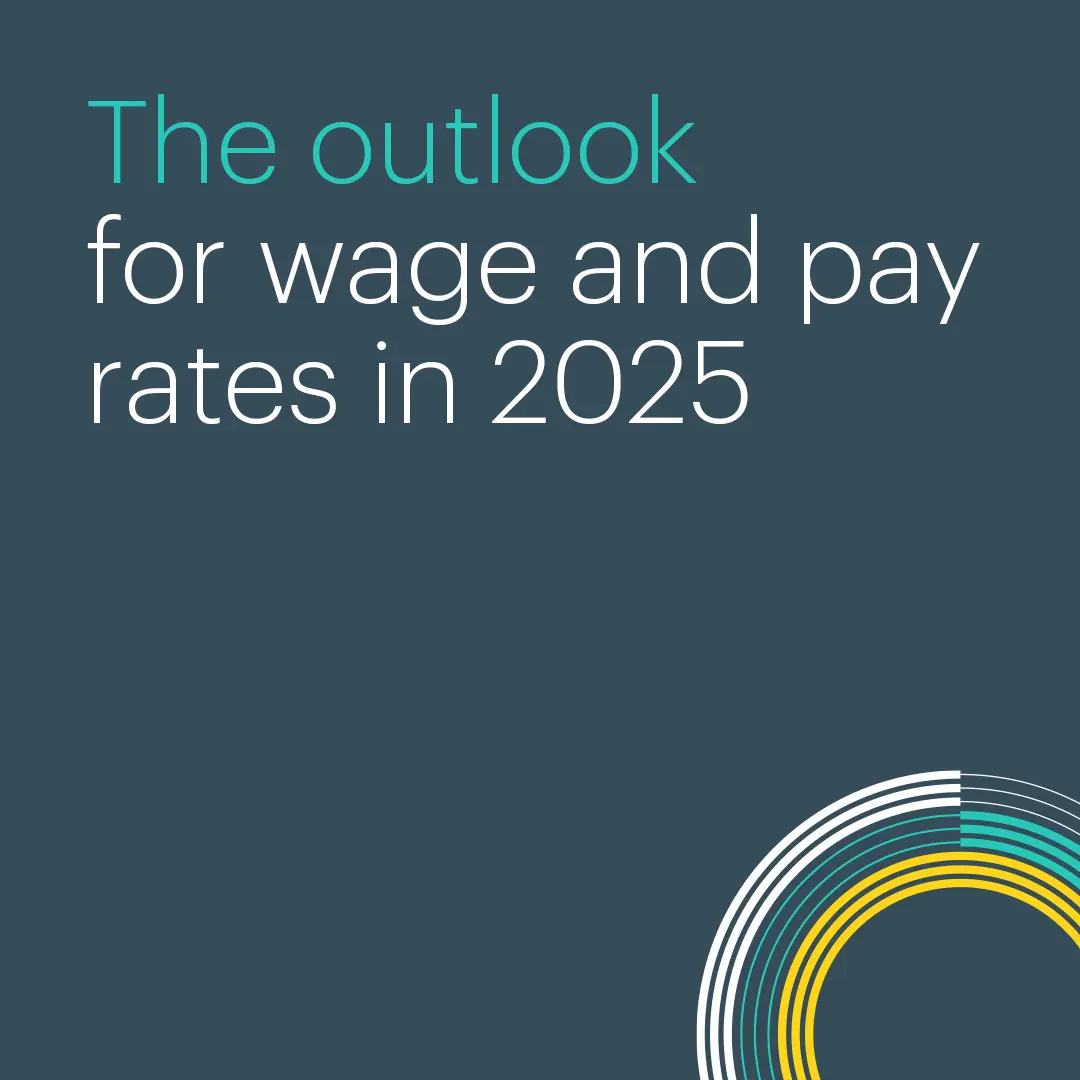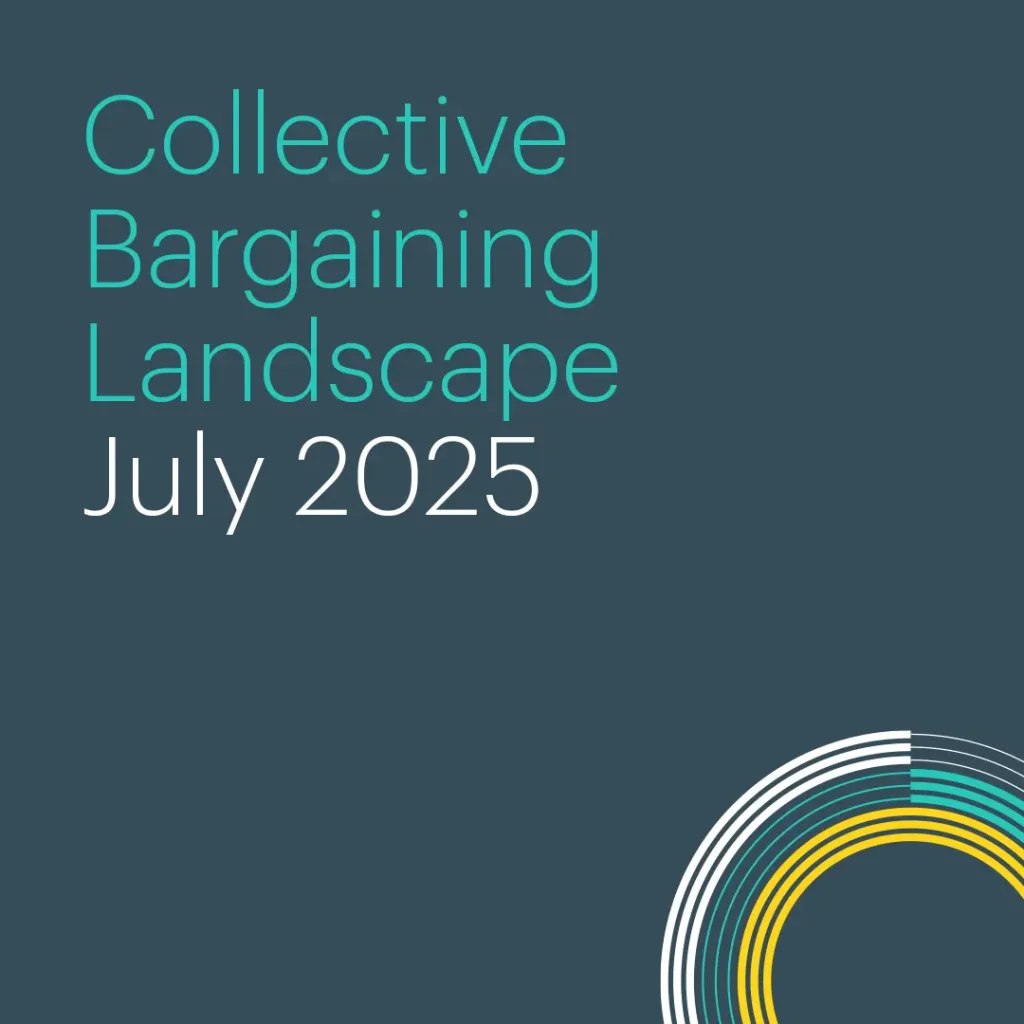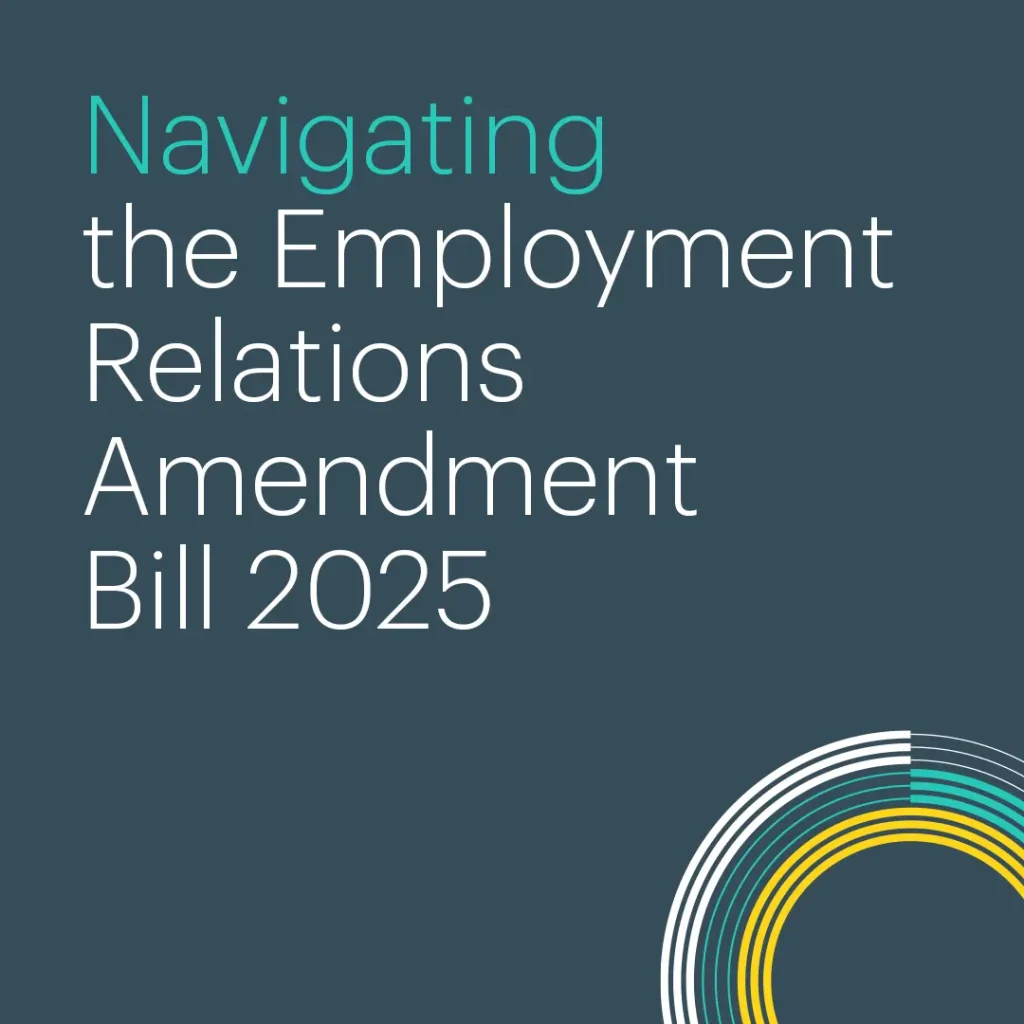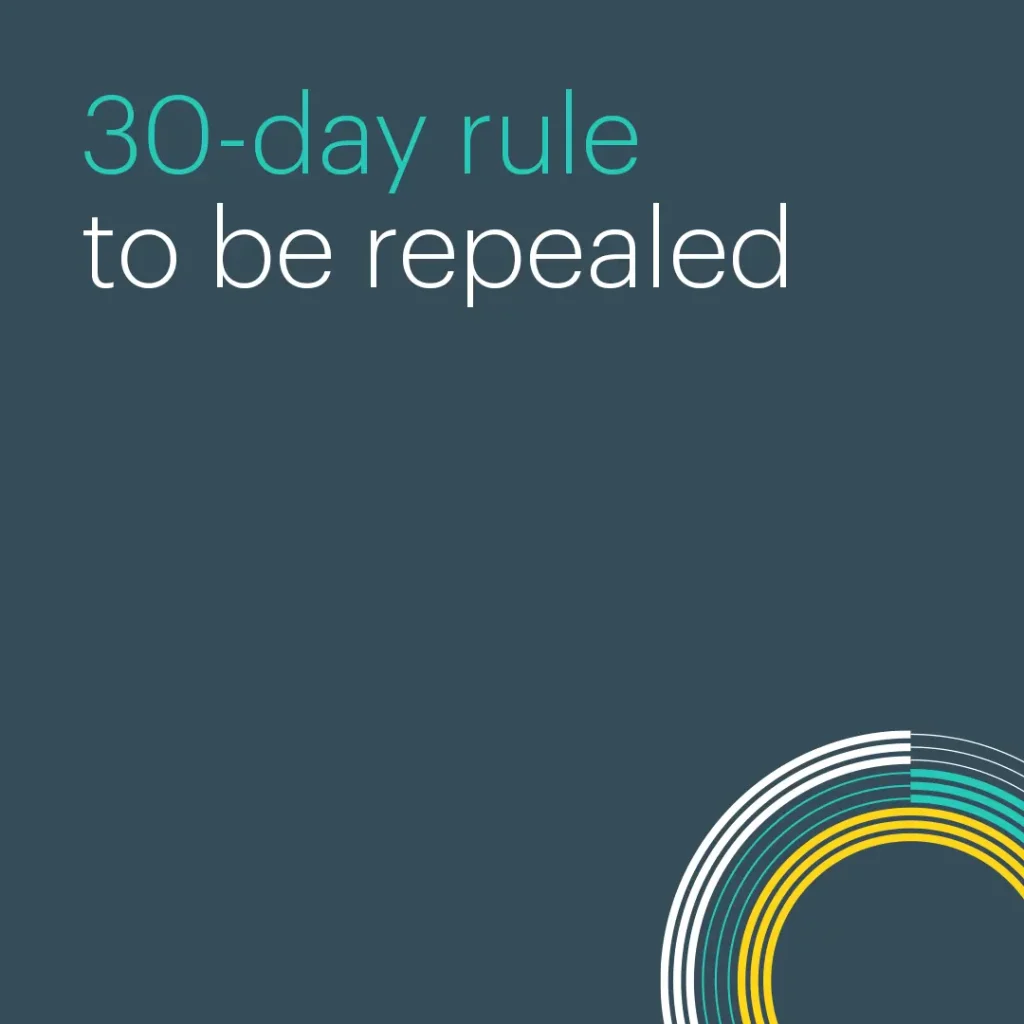New Zealand’s wage outlook has shifted dramatically as record migration, a cooling economy, and fiscal constraints take centre stage. Workers and employers negotiating wage and pay increases within collective agreements in 2025 face a changed environment, where balancing pay increases with economic realities is tougher than ever.
In this article, our team summarise the current trends and their potential impact on pay rates in 2025.
—
The economy has hit a slow patch
New Zealand’s economy is grappling with significant headwinds. Sectors like construction, trades, retail, and logistics are facing notable slowdowns due to falling consumer demand, high interest rates, and reduced business investment. Economic uncertainty has pushed many employers to focus on cost-cutting, limiting room for wage growth and while there are some green shoots for a more promising 2025, the general outlook is still challenging.
Public sector budgets are also tightening, with the government directing agencies to further cut costs by 5%-6%, leaving limited flexibility for pay increases.
Record migration eases labour market pressure in 2024
Over the last 18 months, New Zealand has experienced a record migration boom, with net migration exceeding 110,000 people annually. This has alleviated labour shortages in many industries, particularly in entry-level and mid-skilled roles. It will take some time for this workforce increase to reduce. With a larger workforce available, employers in sectors like retail, hospitality, and logistics are less likely to offer significant pay increases to attract or retain staff.
For highly skilled sectors, NZ simply cannot produce enough skilled workers like healthcare and IT, migration has provided some relief, but shortages persist, meaning modest pay increases may still be on the table.
Wage growth likely to slow across sectors
While inflationary pressures were a major driver of wage demands in previous years, inflation has eased significantly, dropping to 2.2% in the year ended September 2024. This means unions may face tougher negotiations when seeking pay increases above the cost of living.
Union expectations: high hopes, tough conversations
Unions, however, are still coming to the table with high expectations from their members. Many are pushing for wage increases that outpace inflation to make up for the perceived erosion of real wages over previous years.
Public sector unions argue that the cost-of-living crisis, particularly in essentials like housing and food, remains acute and justifies increases of 5% or more. The NZNO, representing nurses and other professionals, are pushing back hard against offers as low as 0.5%, calling them an insult to already stretched workers and are taking strike action. Union leaders are emphasising not just pay but also improved working conditions, particularly in sectors like education and healthcare, where staff shortages have led to increased workloads and burnout.
Increased activism and its possible impact
Union activism is on the rise. Workers in healthcare, education, and even private sectors like retail and logistics have increasingly turned to strikes and other industrial actions to demand better deals.
- Public sector workers have shown a willingness to disrupt key services to gain leverage, as seen in recent teacher and healthcare strikes.
- Private sector unions in industries like construction are gearing up to push back against employers citing a downturn as a reason for smaller pay offers.
- Strikes, strikes and more strikes – we are seeing a lot more willingness by Unions and members to take strike action to support their claims. However, our observations are that strike actions are having little of any impact on changing wage increase offers s from employers. In a number, the costs to members from lost wages is often greater than any gains made.
- Activism often forces employers to adjust their offers, even in tight economic conditions. In some cases, prolonged strikes have won workers increases higher than originally tabled. However, the risk of protracted disputes could also weigh heavily on both employees and employers, particularly in essential services.
Challenges for workers and unions
Workers in sectors hit hard by economic slowdowns may find it challenging to negotiate meaningful wage growth. While unions can point to rising living costs and past inflationary impacts, employers are likely to counter with economic realities, such as declining revenues, reduced project pipelines and increasing number of layoffs.
Public sector workers may face particularly tough negotiations, as the government pushes agencies to reduce spending. Nurses, for instance, have reportedly been offered just 0.5% increases in recent collective bargaining, sparking dissatisfaction and a planned strike action on 3 December with further rolling strikes after this across the country.
Here’s how we think wage increases in collective bargaining could shape up in 2025:
- Public Sector (e.g., nurses, teachers): Offers are likely to remain subdued, with 0–1% increases, reflecting both government fiscal constraints and a larger available workforce.
- Private Sector (entry-level roles): With eased labour shortages, pay increases in areas like retail, hospitality, and logistics could trend at 1–3%, down from previous expectations.
- Private Sector (skilled trades): Sectors like construction, facing a downturn, are unlikely to offer significant increases, with potential growth around 1–2%, as demand for workers softens.
- High-Demand Areas (e.g., specialist healthcare, IT, electrical engineering): In essential industries where shortages remain acute, wage increases could fall in the 3–4% range, slightly lower than past increases but still competitive.
Final thoughts: 2025 – A tough year ahead for wage growth
The outlook for pay rate increases in 2025 is more restrained than in previous years. While workers in essential or highly skilled industries might still secure modest increases, most sectors are likely to see smaller gains, reflecting a cooling economy, easing labour shortages, and tight public and private sector budgets.
For workers, this means keeping expectations realistic while pushing for additional benefits where possible, such as flexible working arrangements or training opportunities. For employers, transparent communication about financial constraints will be critical to maintaining trust during negotiations.
If your organisation would like advice around collective bargaining in New Zealand, please get in touch.









